Icoteq Trackers Used to Help Save
Endangered Green Sea Turtles
Background
Weighing up to 180kg and measuring up to 1.2m, the Green Sea Turtle can be found around the world in tropical and subtropical oceans. They are characterised by the annual mass arrival or ‘Arribada’ on the beaches where they were born, to lay multiple clutches of up to 200 eggs over a 1 – 2 week period.
Classified as endangered, Green Sea Turtles are highly susceptible to:
- The illegal trade in their eggs, meat and shells
- Getting caught in fishing nets and drowning or being seriously injured
- Coastal development affecting nesting sites through habitat destruction, insensitive wildlife tourism and light pollution
- Warming global temperatures affecting birth sex - turtle eggs incubated above 29.3 degrees celsius are born female while those incubated below 29.3 degrees are born male.
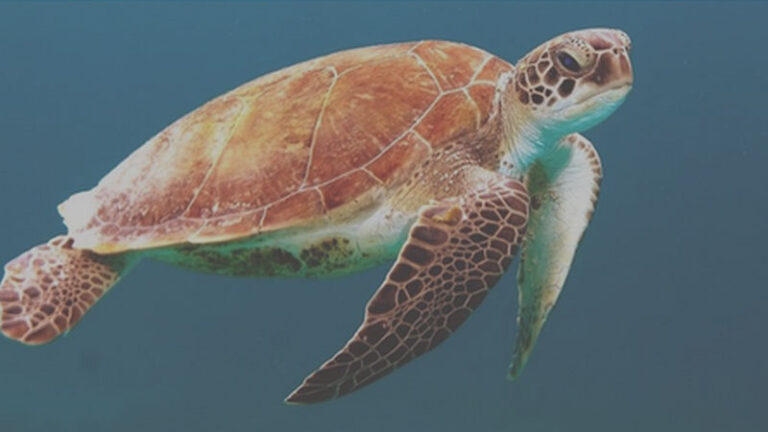
As an endangered species, it is essential to closely monitor turtle movements to understand their migration paths, where they feed, how long they spend in particular locations and last known movements of individuals. The data generated allows conservationists to identify where there is the risk of conflict with humans through fishing, poaching and smuggling and to understand their behaviours so that measures can be taken to protect their environments through, for example, increasing Marine Protected Areas.
Requirements
Following on from work Icoteq had previously carried out for the Zoological Society of London, we were approached by the Arribada Initiative to develop a new, low cost tracker for sea turtles.
Challenges and Solutions
Tracking turtles is extremely challenging, primarily since the animals do not spend long on the surface of the water making reception of satellite navigation signals impossible for much of the time. Long deployments where battery life is critical, combined with the requirement for minimal size and weight of the trackers, has meant conservationists have historically found themselves tied to expensive equipment limiting the number of turtles they can monitor and restricting their ability to gather substantial data.
Our challenge was to develop a small, low cost (<10% of current state-of-the-art devices), low power tracker that could achieve a fast location ‘lock’ when the turtle comes up for air. The device also had to form the basis for a platform tracking device with flexible radio expansion for different types of communication of data once deployed.
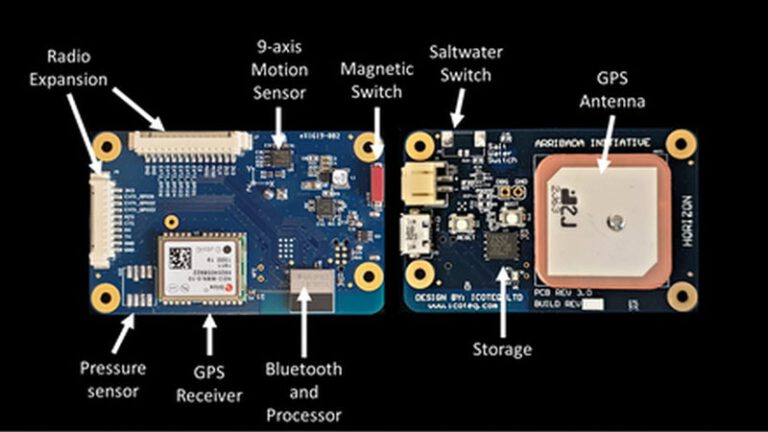
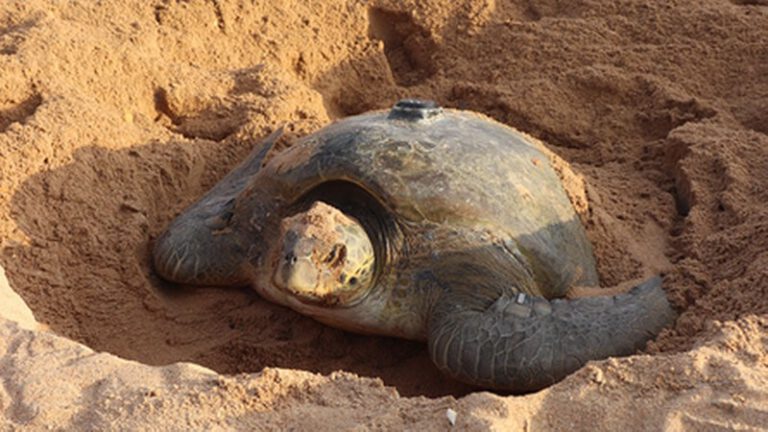
Testing
Extensive testing was carried out in Cyprus, Principe and Guinea Bissau to ensure the device would operate as intended. The most recent deployment on the Island of Poilau off the west coast of Africa sits inside a Marine Protected Area (MPA).
Studying turtles during their nesting period is important to understand how well the MPA is working. Some of the questions we were looking to answer included: Do they go outside the area during the nesting season? How do they behave while in this area? Do they visit any other islands in the archipelago?
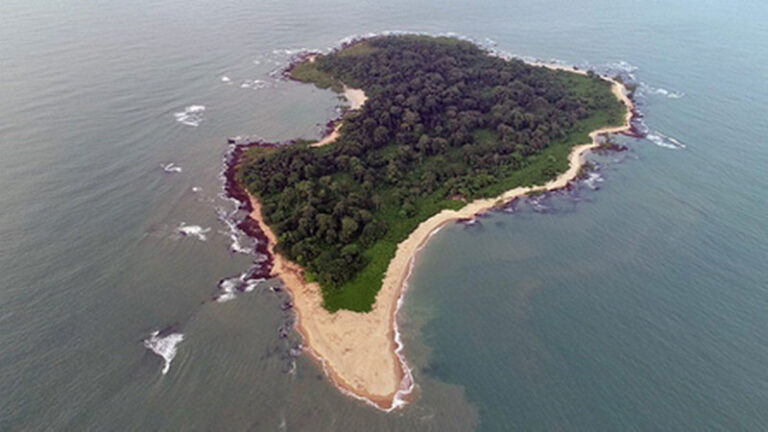
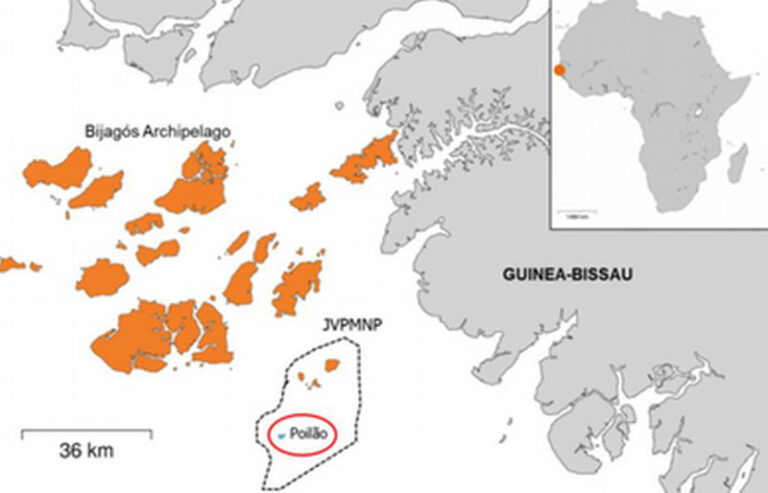
Results
Below are a couple of traces taken from two turtles around Poilau over a 5 day period. The data will help to support the existing MPA boundary and could provide evidence to lobby for an increase in the MPA. If a sick or injured turtle is discovered, knowing where it has been can help to establish whether violations have occurred within the MPA.
This data is just a start for what is now possible in terms of large scale monitoring of turtles. With a low cost solution, tracking is now possible at ten times the scale previously possible for the same cost to researchers helping them to reinforce MPAs, aid behavioural understanding and identify threats.
